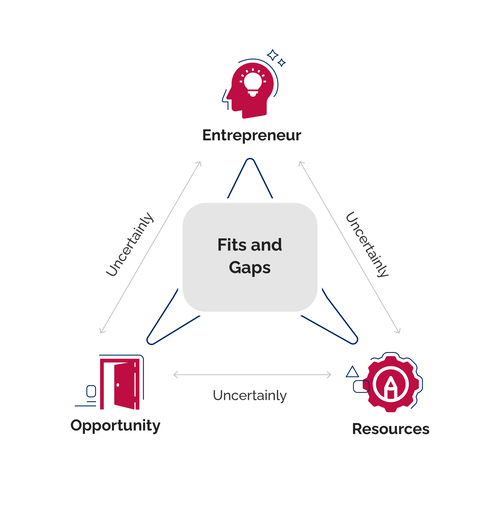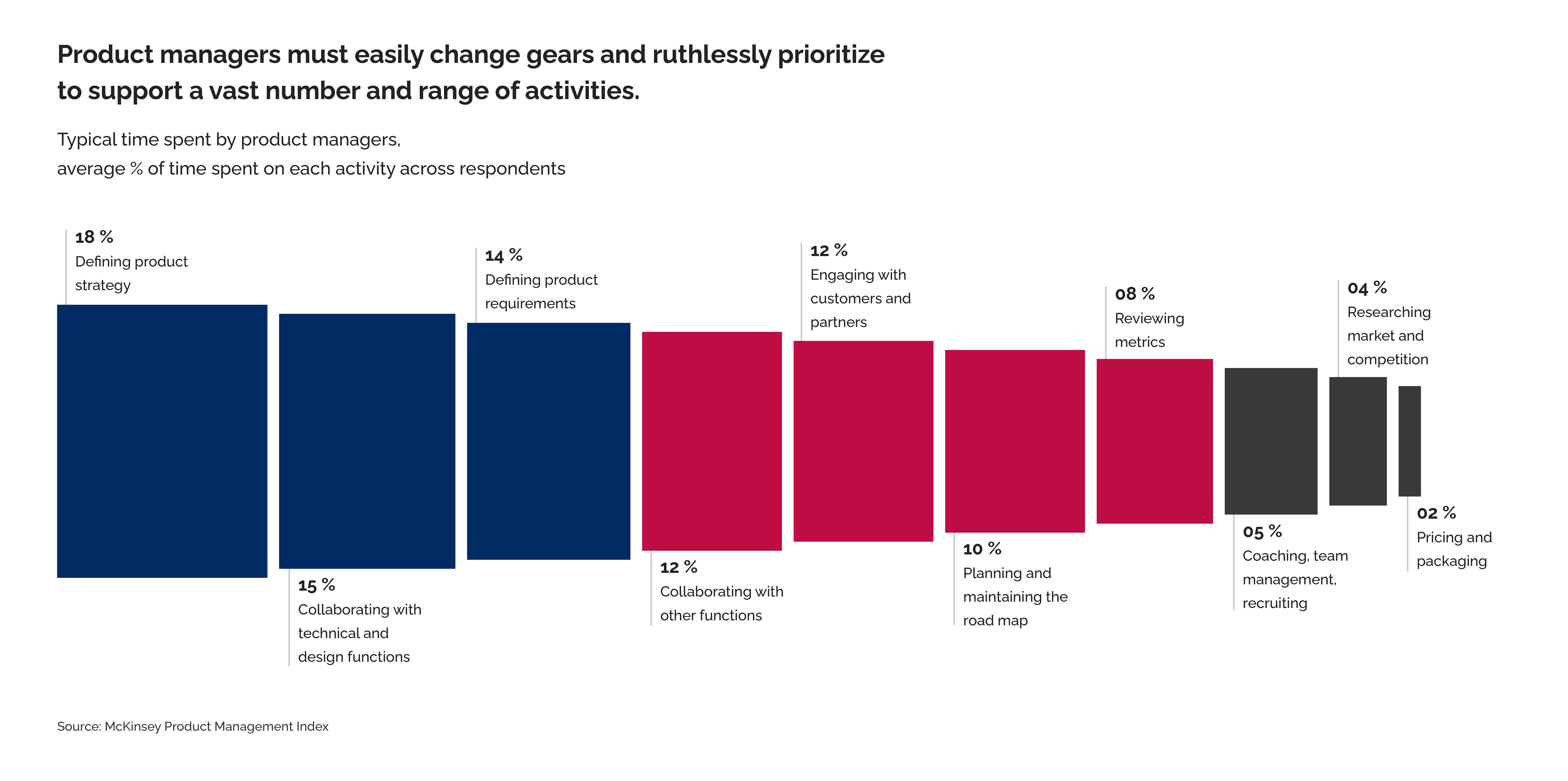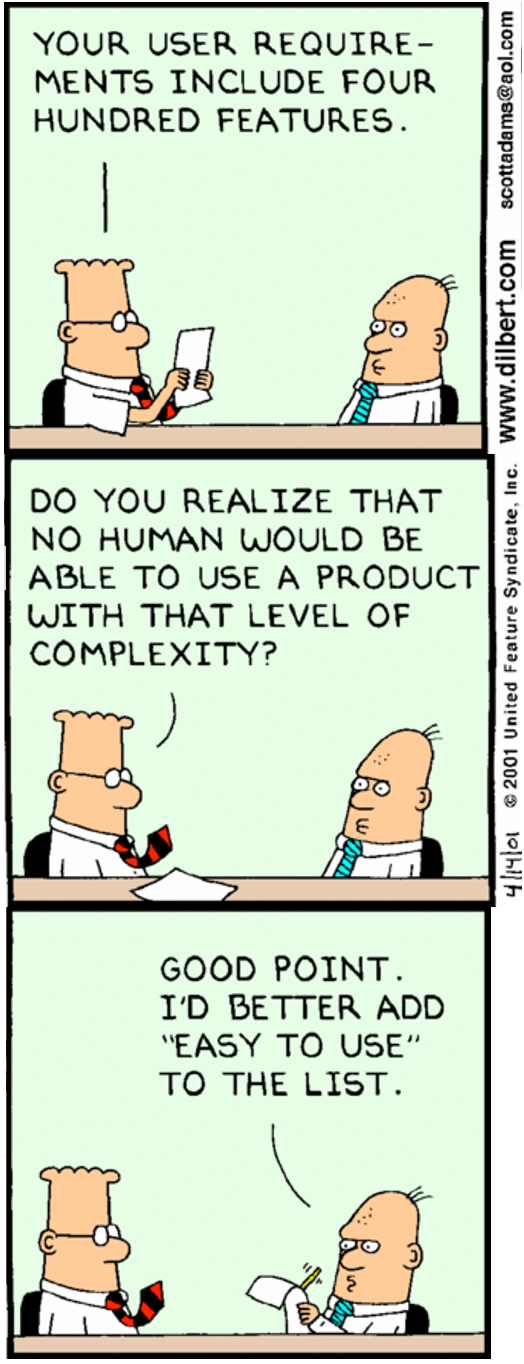Manage the Product, Not the Engineering
When a product team is built, the entrepreneur (typically the first product manager of the product) or the stakeholders often cannot delegate the outcomes to the team. The statement is made for the same reason.
No matter the scenario, the amount of switching between purpose, opportunity, resources combined with fits (problem-solution, product-market), gaps, and uncertainty constantly build a business around a product and ensure success in the marketplace.
The product managers in an organization cannot deliver practical value if they cannot create shared ownership of the product vision, goals, and outcomes. The product manager’s primary goal remains to deliver business outcomes. A good product manager must drive strong cross-functional alignment and proactive communications to ensure everyone focuses on the right problems.

At Caizin, we empower the product manager towards vision and outcomes and give ownership to define why and what, leading to increased expectations from them and their team. The product manager’s role blooms into managing multiple aspects of the product. They drive its program’s success through capabilities demonstrated in product strategy, customer engagement, data-driven decision, market research, pricing, collaboration with design and technology teams, collaborating with various organizational functions, team management, maintaining an inspiring roadmap, and influencing product economics.
Great product managers don’t “manage” as much as they lead and influence, by answering the 'building what, why, for whos' of the engineering team and setting them on a path towards delivering a product that delights the customer and the business.
Product engineering, product management, and UX are one team, functioning as partners to produce the best product possible; so expect to roll up your sleeves for designing the solution, testing it, providing early feedback, documentation, etc.

Never lose focus, say no to a hundred other ideas
At Caizin, we believe productivity comes from focus. A proverbial genius product manager changes gears and ruthlessly prioritizes to better utilize time. The key is to stay focused on product strategy, collaborating with technical and design functions, refining product requirements and engaging with customers & partners.
The most common method of focusing is to say "No" to ideas, suggestions, requests, or even urgent demands from internal stakeholders and external customers. But this doesn’t mean that saying no has to be confrontational or adversarial, with the many interested parties who will come to you with requests that you don’t have the resources to fulfil. We have finite resources to develop a product, and if a new item has to be added to the immediate roadmap, it must come at the cost of something else. Effective product management often comes down to making the best choices possible with limited resources.
To be in a position to evaluate every request objectively, we strive to ‘know the stuff'. We spend as much time as possible to become unrivalled experts in all the details related to the product. Among other things, it includes a deep understanding of the market, the internal resources and capabilities available, the competitive landscape, and any other factors that would affect a product-related decision.
Stakeholders’ inputs and requests are essential, and they shall feel part of the product decision process. Act of transparency in the product roadmap, its intended goals, and outcomes, and the method behind the prioritization are essential tools to convince various parties of where the present focus is and the potential choices on the table.
The intended value and impact of an idea sometimes are hard to imagine. A careful discovery exercise may help evaluate the idea with a limited set of users. Many mature products run A/B tests regularly to let user metric data speak about the worth of an intended change or feature.
Lastly, the customers and users of the product shall have the loudest voice in the room. We strive to create customer advisory boards, power user forums, user surveys, and user analytics to measure the effectiveness and usage of the current features and get actual users involved in providing their inputs. This helps to understand how much a feature is needed by users and creates a conduit to receive ideas that even the competitors may not have envisioned.

Defining a product ROADMAP of all stakeholders
A roadmap aimed towards product adoption (beyond simply a software release), deals with a hundred moving parts.
Quite often, it is said that a product manager shall act like the CEO of the product. While this statement is subjective, since the entrepreneur behind the idea must play that role in a startup, it is true in products that are nearing or already in the product-market fit stage.
At Caizin, Product Management has three layers of the horizon, which integrate the day-to-day Product Management activities to stakeholder goals, driving a culture of capability with accountability.
Horizon 1 - Day to day activities
Horizon 2 - Core Capabilities as areas of demonstrated maturity
Horizon 3 - Effective collaboration, contribution, and integration into an organization's strategy
-
Financial Cadence - Roadmap vs Budget, Risk vs Reward, Cost vs Value
-
Talent Strategy - Right size team, right team members for the product needs, coaching engineers on business acumen and the why’s all the time
-
Product Portfolio Management - Maximizing the sum of parts, prioritization on strategic products and features, aligning to the overall portfolio of the company
-
Compliance - Keeping an eye on various compliances around regulations, data, security, privacy
-
Data & Automation - Ensuring every stakeholder in the enterprise has access to key metrics and information flows inside the organization in an effortless/automated manner
-
Overall Governance - Being an integral part of overall enterprise planning, reviews, risk management, and escalation

Futureproofing with Value Projection
Imagine the users' delight, when they think of a product requirement, and to that, you say ‘it already exists!' Using heuristic and data-guided facts, it is possible to project customer value to become ready for the market of the future. That’s how we stay ahead of both: the competition and user expectations.
Tune your gut, know user-ask ahead of time.
